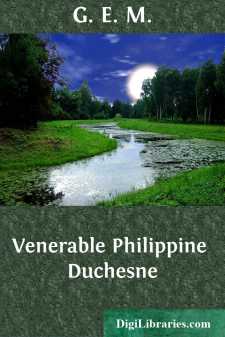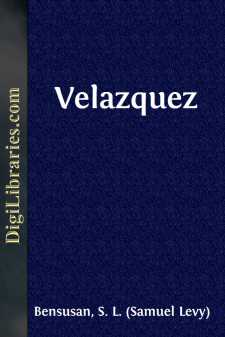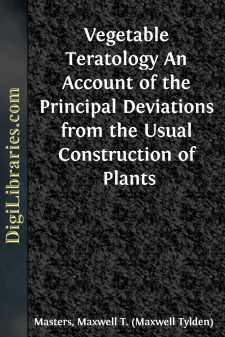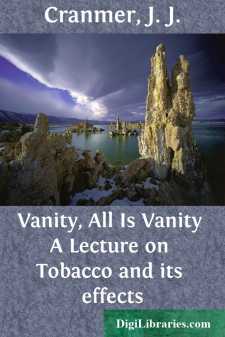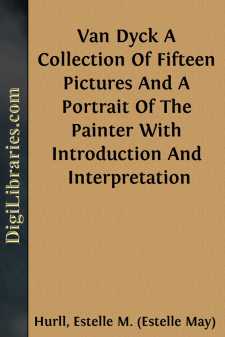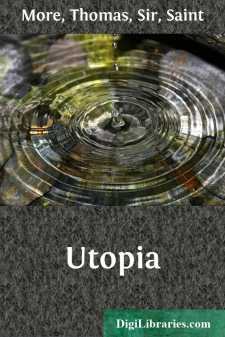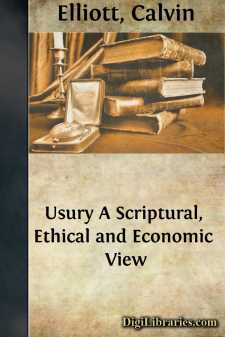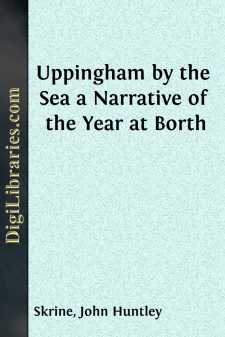Non-Classifiable
- Non-Classifiable 1768
Non-Classifiable Books
Sort by:
by:
G. E. M.
CHAPTER I VOLUNTEERS FOR THE AMERICAN MISSIONS In the early annals of the Catholic Church in this country, no name stands more preeminent than that of the Venerable Philippine Duchesne. She was one of the first, and altogether the greatest, among the spiritual daughters of the Blessed Madeleine Sophie Barat, so well known as the Foundress of the Society of the Sacred Heart. The pioneer of that...
more...
It is a curious truth that Spain in these days of her decline exercises almost as much control over the mind of the world as she exercised over its territories in the days of her great empire. Cervantes in literature and Velazquez in art seem destined to secure for their country a measure of immortality that throws into the background the memory of such people as Carlos Quinto, Philip II., and those...
more...
INTRODUCTION. Till within a comparatively recent period but little study was given to exceptional formations. They were considered as monsters to be shunned, as lawless deviations from the ordinary rule, unworthy the attention of botanists, or at best as objects of mere curiosity. By those whose notions of structure and conformation did not extend beyond the details necessary to distinguish one species...
more...
by:
Ethel M. Mairet
WOOL SILK COTTON AND LINEN WOOLS are of various kinds:— Highland, Welsh and Irish wools are from small sheep, not far removed from the wild state, with irregular short stapled fleeces. Forest or Mountain sheep (Herdwick, Exmoor, Cheviot, Blackfaced, Limestone) have better wool, especially the Cheviot, which is very thick and good for milling. Ancient Upland, such as South Down, are smaller sheep than...
more...
by:
J. J. Cranmer
"Strive; for the grasp of the destroyer is upon you, and if you be not wrenched away, it will palsy you and crush you. Strive for the foe has seized upon your vitals: he holds possession of your Fort and renders your will a thing to be controled instead of a controling power. It chains the intellect and bids defiance to your better judgment. Strive like one who knows he has grappled with Death and...
more...
INTRODUCTION I. ON VAN DYCK'S CHARACTER AS AN ARTIST. The student of Van Dyck's art naturally classifies the painter's works into four groups, corresponding chronologically to the four successive periods of his life. There was first the short period of his youth in Antwerp, when Rubens was the dominating influence upon his work. The portrait of Van der Geest, in the National Gallery,...
more...
INTRODUCTION Sir Thomas More, son of Sir John More, a justice of the King’s Bench, was born in 1478, in Milk Street, in the city of London. After his earlier education at St. Anthony’s School, in Threadneedle Street, he was placed, as a boy, in the household of Cardinal John Morton, Archbishop of Canterbury and Lord Chancellor. It was not unusual for persons of wealth or influence and sons of...
more...
by:
Calvin Elliott
DEFINITION. In the evolution of the English language, since the making of our King James version of the Bible, many new words have been introduced, and many old ones have changed their meanings. In the nearly three hundred years the Saxon word "let," to hinder, has become obsolete. It was in common use and well understood when the version was made, but is now misleading. Thus we have in Isaiah...
more...
Unidentified Flying Objects and Air Force Project Blue Book From 1947 to 1969, the Air Force investigated Unidentified Flying Objects under Project Blue Book. The project, headquartered at Wright-Patterson Air Force Base, Ohio, was terminated Dec. 17, 1969. Of a total of 12,618 sightings reported to Project Blue Book, 701 remained "unidentified." The decision to discontinue UFO investigations...
more...
CHAPTER I.—EXILES, OLD AND NEW. “O what have we ta’en?” said the fisher-prince, “What have we ta’en this morning’s tide? Get thee down to the wave, my carl, And row me the net to the meadow’s-side.” In he waded, the fisher-carl, And “Here,” quoth he, “is a wondrous thing! A cradle, prince, and a fair man-child, Goodly to see as the son of a king!” The...
more...


